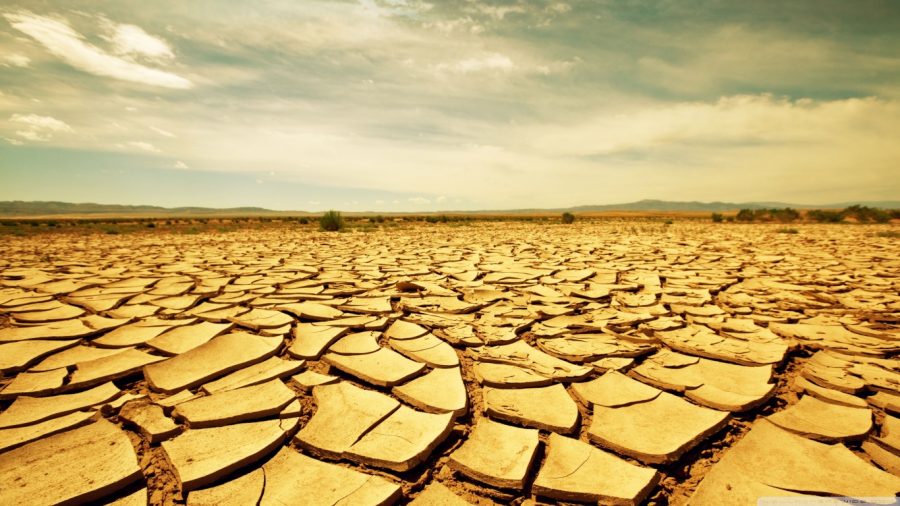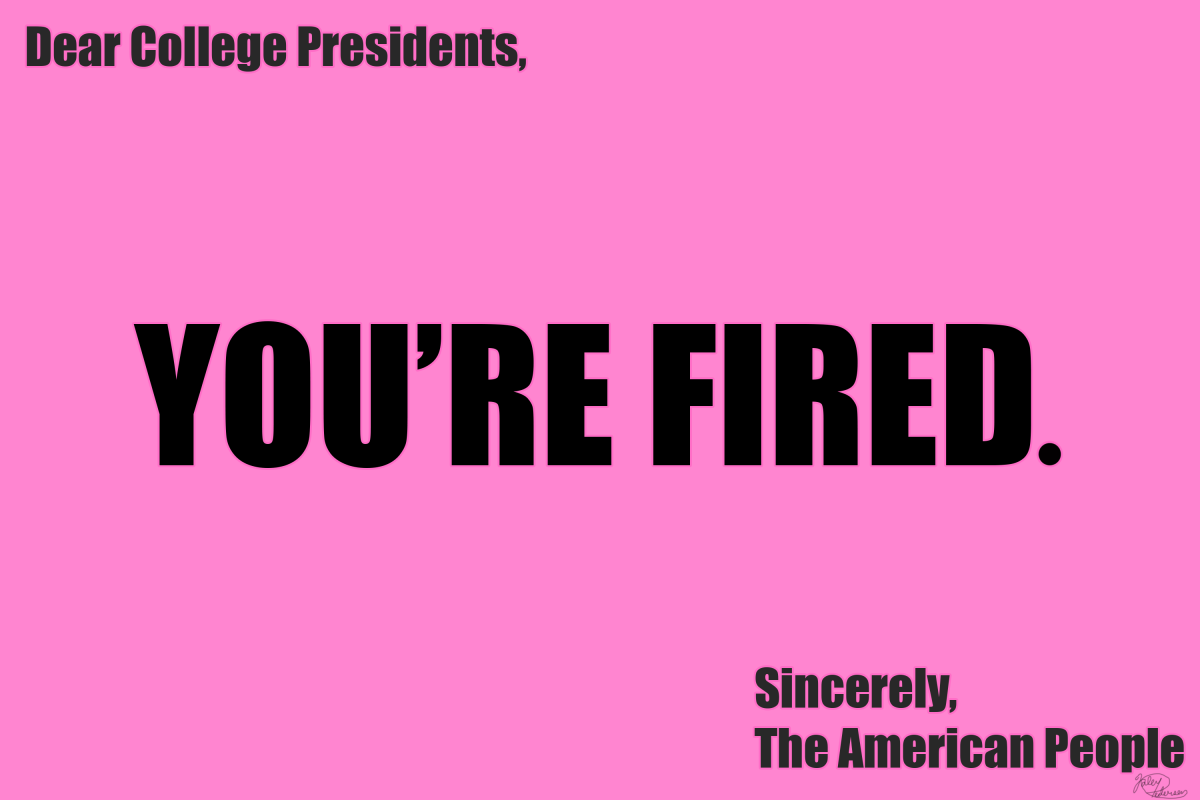Is the grass always greener on the other side? For most Californians, it hasn’t been, due to the record statewide drought since 2011. Recently, however, many California residents are using water at different rates. Because of new drought-related water usage restrictions, Californians have had to come up with inventive ways to decrease their water use. Many made the tough decision to give up their beautiful green lawns by replacing their grass with decorative white stones, or with artificial turf. Once the water regulations were instituted, the turf business started booming, and some even opted to have their lawns painted green!
The drought that started in 2011 is believed to have been caused by global warming and a natural event called La Niña, is a high pressure system that re-routes cold air from the mainland and ocean. A La Niña can interfere with storms and wind currents, and in the case of California, the it caused the temperature of the ocean water off the coast to become two to seven degrees warmer than usual. This event aided in the formation of what many call “the blob.” The blob is a section of water that is 1000 miles wide and 300 feet deep that has stayed in the same location directly off the west coast of California for over two years. Because the blob is warmer than the usual ocean water, California has had record high temperatures and record low snowpack for the past two years.
The California drought has framed the economic divide between the upper and lower classes. The State Water Resources Control Board imposes fines depending on how much water you use. As a result, water usage statewide has been cut by 25 percent. During the summer in 2014, the daily water consumption rate per person in Compton, an impoverished, largely African American suburb of Los Angeles, was 63.6 gallons per day. In places like Compton, one can walk through the streets and see brown lawns and empty swimming pools. But, if one were to walk through Beverly Hills, where the average amount of water used per day by one person is 158.7, one would see luscious green lawns and glistening blue swimming pools. Like a regressive tax, these fines don’t change based on yearly income; they are the same for everyone, and thus disproportionately affect the poor.
Although the contrast between rich and poor residents having to deal with the drought is troubling, the contrast between wealthy and impoverished rich and poor farmers is far greater. Farmers in Central Valley California rely heavily on irrigation as their means to watering their crops. Because of the drought and the expensive fines on over usage of water, these farmers have had to start irrigating their farms with less water. As a result, there has been a five billion dollar loss of farm revenue as well as many people losing their jobs. But along the Pacific coast and in Silicon Valley, these losses are less severe and since these farmers have the money to pay fines, they continue planting one of the most water thirsty crops there is: the almond.
Because of California’s quickly depleting water storage, people have started using the booming almond business in California as a scapegoat. The almonds grown in California use approximately 10 percent of California’s agricultural water supply. It is estimated that growing a single almond requires one gallon of water, and planting additional almond tree locks away even more water from California’s agricultural water source. Many farmers are turning to less water thirsty crops, such as grapes. Vineyards require on average 25 percent less water than citrus fruits and can be more profitable in some circumstances.
Besides economic effects, the drought has also had major effects on the environment in California. Around 15 percent of California’s electricity is generated by hydropower, and because of the water regulations, this amount is being cut down and replaced with non-renewable sources like natural gas. Also, California’ ecosystems have been severely affected. Because the ocean water is two to seven degrees warmer than usual, many of California’s fish are threatened, especially salmon runs that rely on a steady flow of cool water. The desert and savannah ecosystems have become extremely dry susceptible to wildfires. Besides destroying whatever vegetation California has left, these wildfires also create air pollution.
Is there hope for California? Luckily, for the first time in a few years, California experienced a strong El Niño winter, which brought some short term release. But this is only temporary. In the future, Californians are going to have to hope for the best and learn to better adapt to their new way of life.






